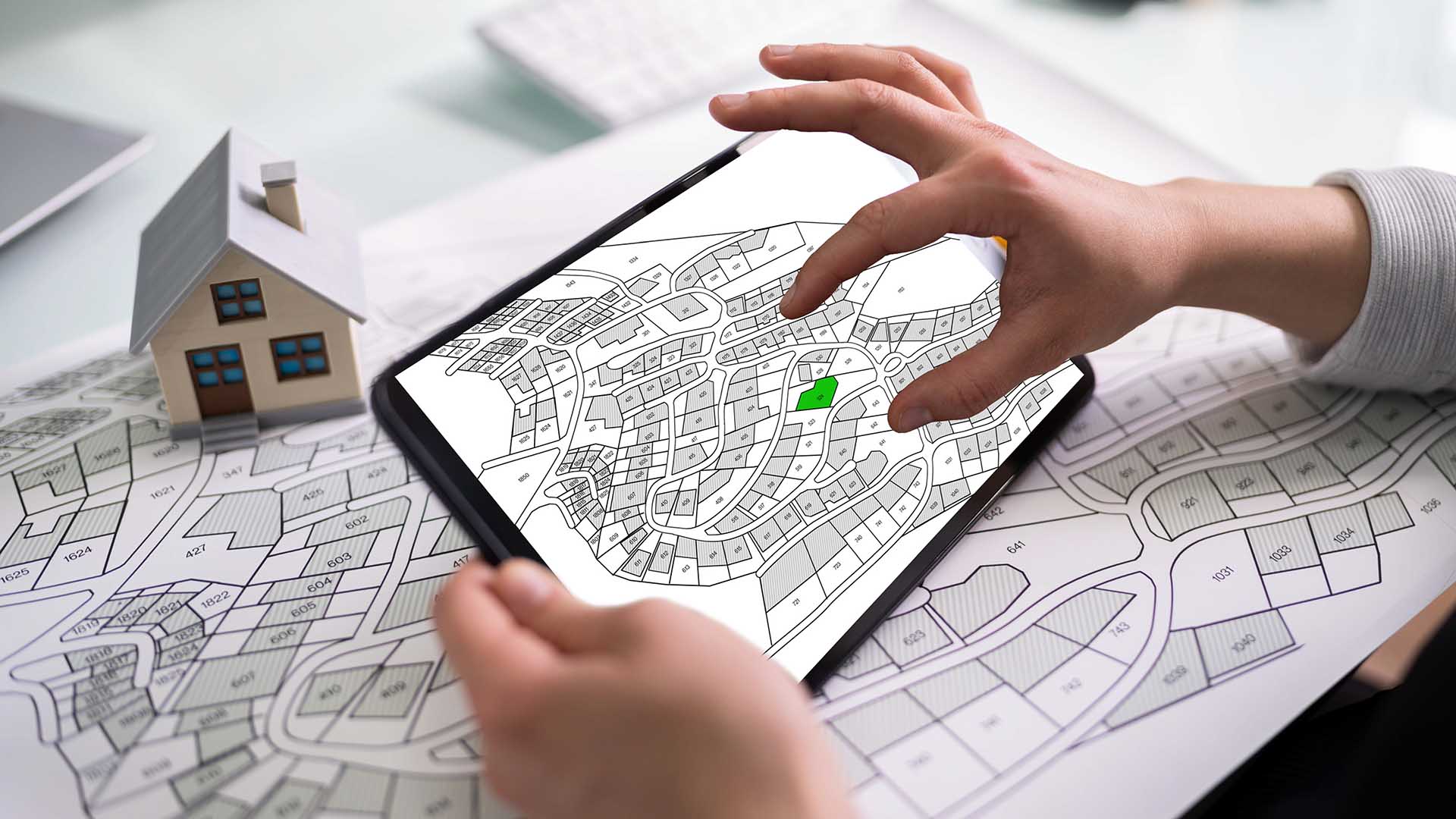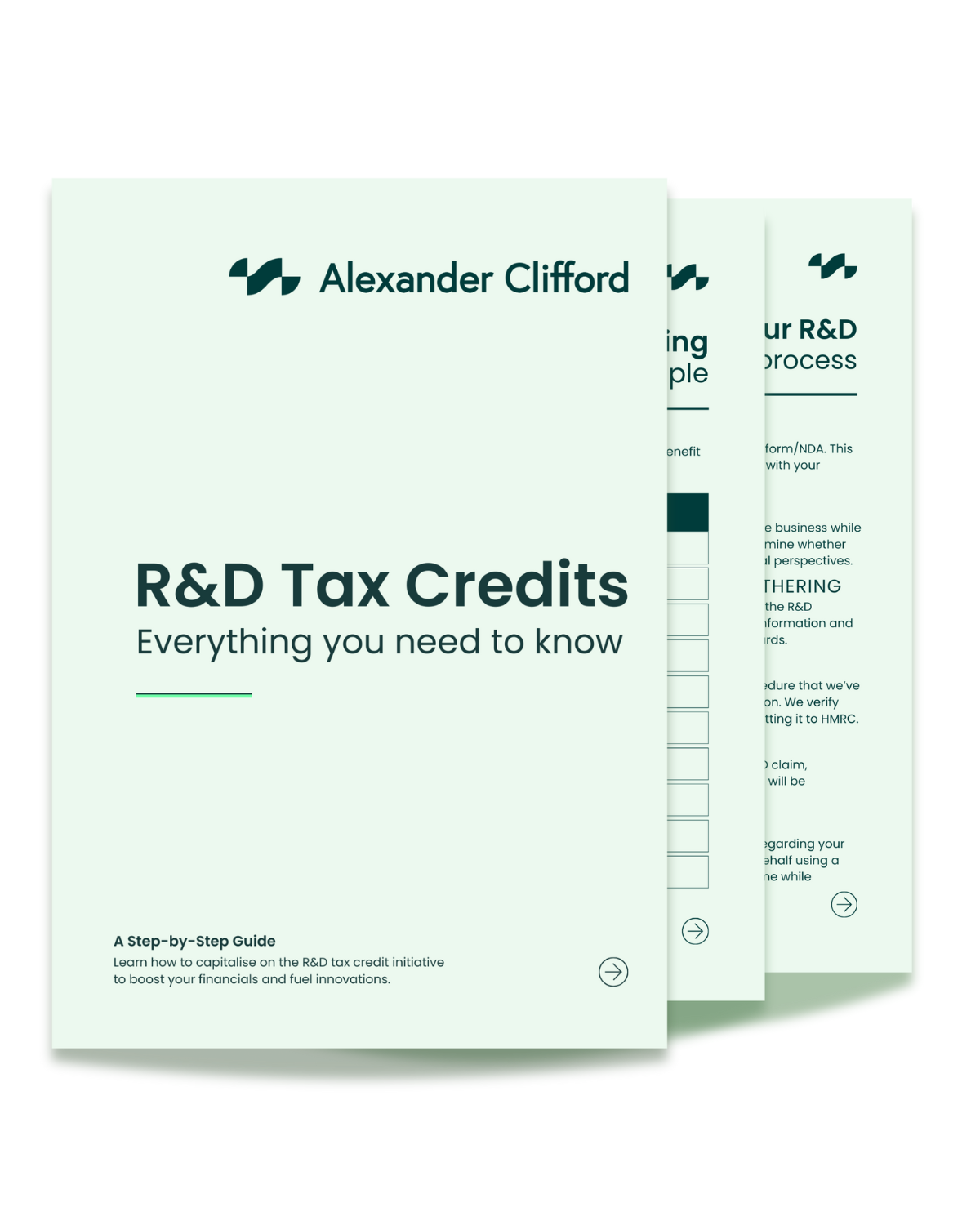Overview
Qualifying at a Glance
See the examples below as to where R&D activities may take place within the construction space.
- Innovating health and safety – Improving construction site safety through the development of wearable technologies, safety equipment, and monitoring systems.
- Utilising smart construction and IoT integration – Innovating construction methods that incorporate Internet of Things (IoT) devices and sensors for real-time monitoring, predictive maintenance, and improved project management.
- Enhancing acoustic and thermal insulation solutions – Providing better indoor environments and energy efficiency.
- Sustainable water management: Researching solutions for efficient water usage and recycling in construction projects, promoting water conservation.
- Improving the strength of buildings – Developing structures that can withstand natural disasters, and enhancing building resilience and safety.
- Exploring automation and robotics – Transforming tasks such as bricklaying, concrete pouring, and material handling to increase productivity and reduce manual labour.

You are in a strong position to qualify for R&D claims if you have:
Ask Yourself
- Did you conduct R&D activities to develop new products, processes, or services or to improve existing ones?
- Did the R&D activities involve the resolution of technical uncertainties or challenges that could not be solved by using existing knowledge?
- Did your products or services require extensive trial and testing throughout the creation process?
If you are answering yes, you may qualify to claim back up to 27% of eligible R&D expenditure through HMRC’s R&D Tax Relief Initiative. Contact one of our R&D tax credit specialists to seek further advice on how to proceed with your R&D claim.
The claim process
We understand the complications that can often arise when completing an R&D claim, not to mention the significant amount of time it can consume, diverting your attention from driving your innovation forward. That's why we have streamlined a transparent and hassle-free process that follows a step-by-step approach from start to finish.
Throughout your R&D claim process, we maintain open lines of communication tailored to your preferences. Once we have compiled comprehensive technical and financial reports, we take the responsibility of submitting them and proactively follow up with HMRC, leading the communication on your behalf. Often, our next contact with you brings the exhilarating news of success and positive outcomes.

